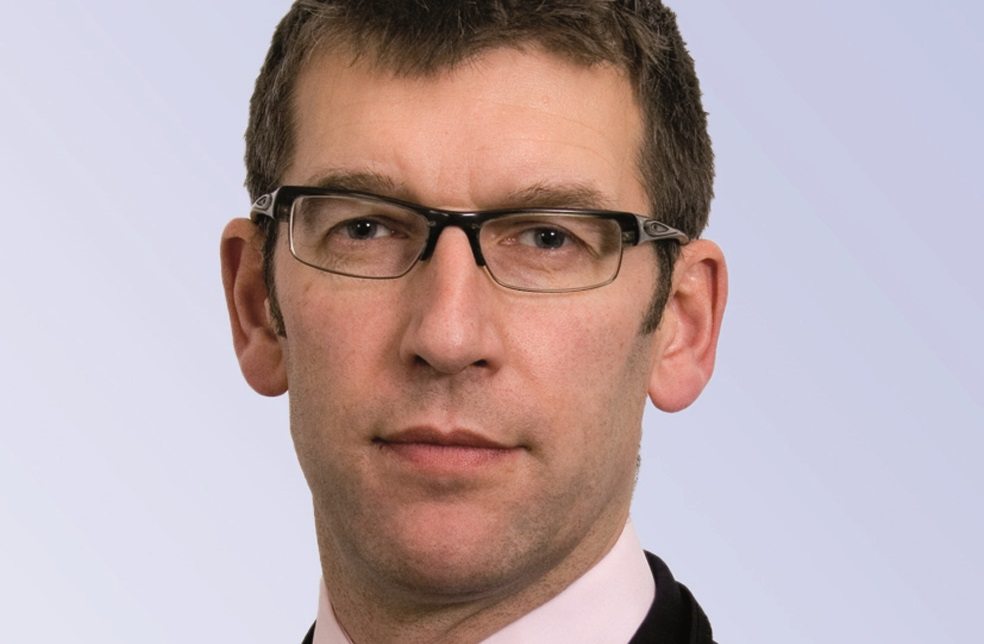The fund seeks to deliver the European Central Bank interest rate plus 5% over a rolling three-year period, with less than half the volatility of the global equity market, as benchmarked to the MSCI All Country World Index.
“We are looking to deliver an outcome irrespective of market conditions,” Aviva Investors’ investment director Jerome Nunan told Portfolio Adviser sister publication Fund Selector Asia.
The fund is managed by a team of four co-managers based in London: Dan James, Peter Fitzgerald, Ian Pizer and Brendan Walsh.
“[In 2016] we were positioned for higher inflation, for the yield curve steepening and bonds selling off,” Nunan said. However, “the spreads continued to tighten, the curve continued to flatten and [trades that benefit from] duration continued to rally. There were also challenges around the collapse in volatility that were really very difficult for us.”
Balance of conviction
“For 2018, our view is very much the same,” Nunan said. “Fundamentally, we believe that the inflationary pressure is building and we’re happy to stick with our thesis. We target a three-year investment horizon.
“We have increased our exposure to financials, taken down some of our credit exposure in areas like US high yield, and added a bit more to emerging market local currency debt.
“The real challenge is about the right balance in terms of conviction,” Nunan continued. “On the one hand having the courage of your convictions and not collapsing when things don’t go your way, and on the other recognising that the market is never wrong.
Collection of strategies
While a multi-asset fund aims to generate alpha from asset allocation between asset classes, a multi-strategy fund employs a range of strategies, each meant to target an investment theme.
Nunan uses an inflationary environment as an example.
“You might like the banking sector, because banks will benefit from higher interest rates, or you’d like exposure to inflation-protected securities, or you’d like some risk assets which are going to do well when global growth is good,” Nunan said.
The first part of the investment process is generation of ideas, which are then vetted against the house macroeconomic view.
If an idea is approved, after a debate, it becomes part of an idea universe. Each idea corresponds to an investment strategy, such as “long European equities” or “short UK long-end rates”. The fund manager then typically chooses between 25 and 35 strategies to construct a portfolio that is best positioned to deliver the target risk-return profile.
“We’re agnostic about how we implement the strategies,” Nunan said.
The typical vehicles are portfolios of equities or bonds managed by other fund managers, as well as interest rate, currency or volatility derivatives. The only limitations to the mandate of the fund come from the Sicav regulations, which differentiate it from what otherwise would resemble a hedge fund.
If an allocation is made to an actively-managed portfolio of securities, they typically are managed by other Aviva Investors managers on a cost-free basis, to avoid layering of fees.










